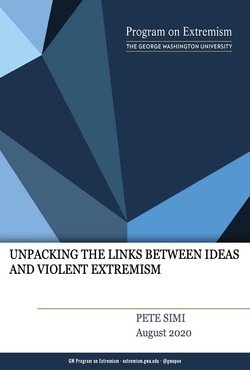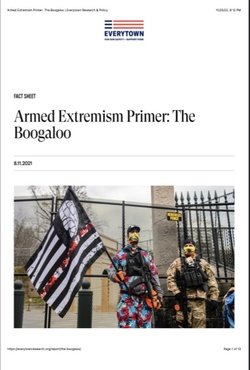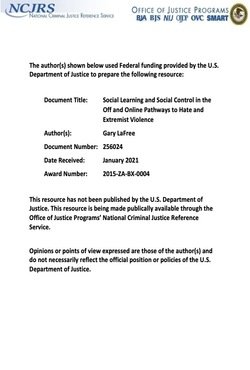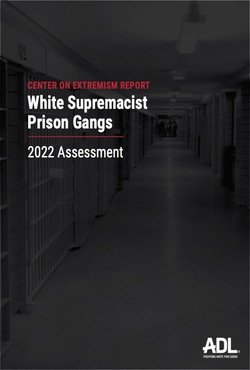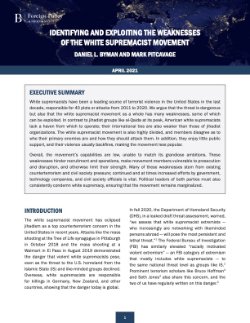By André Bank / Yannick Deepen / Julia Grauvogel / Sabine Kurtenbach
This Working Paper examines the effects of the COVID-19 pandemic on state and non-state violent actors in the Global South. We provide an ACLED-based interregional map-ping of trends in Latin America and the Caribbean, the Middle East and North Africa, and sub-Saharan Africa. Cross-regional case comparisons shed further light on the similarities and differences of countries characterised by long-term armed conflict (Colombia, Iraq, Nigeria) or having transitioned from authoritarianism but facing inequality and political exclusion (Chile, Tunisia, South Africa). We identify a temporal variation: Initially, state armed actors’ new responsibilities to implement COVID-19–related control measures led to an increase in violence against civilians, but over time there was a decrease. We also find that COVID-19 had an early demobilising effect vis-à-vis protest and mob violence, a consequence of lockdowns and mobility restrictions. Yet, protest has quickly returned to pre-pandemic levels in many countries, underlining continued – sometimes aggravated –grievances. Moreover, different violent actors’ responses to the pandemic were decisively shaped by their respective conflict histories.
Hamburg: German Institute for Global and Area Studies (GIGA), 2022. 56p.










